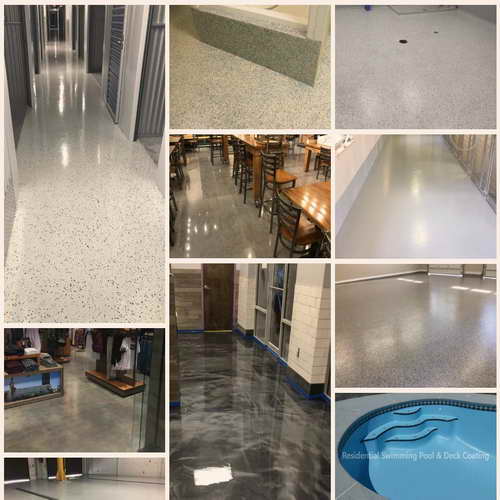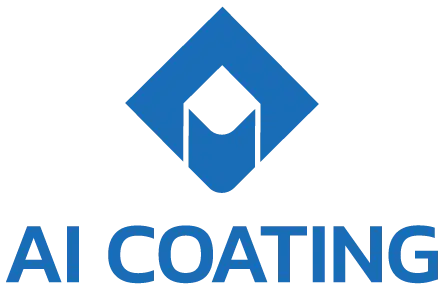The COVID-19 pandemic has had a significant impact on virtually every industry, and non-essential businesses all over the country are either still closed or operating at a limiting capacity. Even businesses deemed essential have experienced dramatic shifts in how they must operate. One example of this is goods-based businesses that keep inventory warehouses.
If you own such a business, it’s essential to make certain adjustments to ensure your warehouses are operating safely and effectively during the pandemic for your employees and customers. To help you get started, we’ve provided some advice and information below.

Incorporating Software
If you don’t already, consider using warehouse management software. This type of software can transform your inventory process by making it easier and more efficient for you and your employees, especially if you’ve experienced changes in your product demand. Not only can it make a big difference in the success of your business, but it can also reduce the stress levels of everyone involved with your inventory processes.
Workplace Cleaning Requirements
While a sanitary workplace is always important, it’s downright critical in the times we live in. Make sure you are going to great lengths to clean and disinfect any surfaces and items that people touch. This includes any products and equipment that goes through the hands of your employees, delivery drivers, packers, and so on.
Additionally, pay special attention to restrooms and breakrooms, and consider assigning all your workers to wipe down handrails, desks, and other high-touch surfaces before and/or after their shift. Furthermore, always keep plenty of cleaning supplies, disinfectant wipes, and hand sanitizer accessible for anyone who comes to your facility. Last but not least, make sure everyone wears masks and gloves whenever possible.
Personal Hygiene Guidelines
Along with workplace cleanliness, encourage your employees to practice personal hygiene. This includes showering and grooming at home. And make a requirement for all employees to wash their hands frequently (and properly) at work.
Enforcing Social Distancing
This step is perhaps the most difficult one to implement because it’s such a new concept. Nonetheless, social distancing is essential to slowing the spread of COVID-19. Whenever possible, permit your employees to work remotely. Keep meetings at your facility to 10 people or fewer. Require that workers stay on-site for breaks, including lunch. Moreover, limit access to your facility; delivery drivers and other visitors should be met outside of your facility.
Consistent Communication
Communication is also key to thriving during the pandemic. Whatever changes are being made and protocols being implemented should be understood by everyone; this includes everyone from your workers and management to your stakeholders and banks. Web portals and emails should be sufficient channels through which to communicate on a regular basis.
Making Improvements to Your Facility
Finally, think about any improvements you can make to the facility itself. While a lot of businesses are tightening their budget and trying to survive, you could use this opportunity to work improvements into your budget that can move your company forward. Reorganizing your inventory, adding shelving, installing new lighting, repair concrete floor damages that enable the growth of bacteria and fungus, OR replacing the old dirty floor with hygiene friendly seamless floors like floor coating or polishing concrete in your warehouse are a few examples of improvements you can make.
Efficacy and safety are two of the most critical qualities to maintain when you run a goods-based business. Incorporate inventory management software in your operations, and establish thorough workplace cleaning and personal hygiene guidelines. Make sure your workers abide by social distancing precautions and practice effective communication. Lastly, look for ways that you can improve your facility. Taking steps like these can help your company thrive while keeping the people who are involved with your business safe and healthy.
Article Author: Burt Sims




